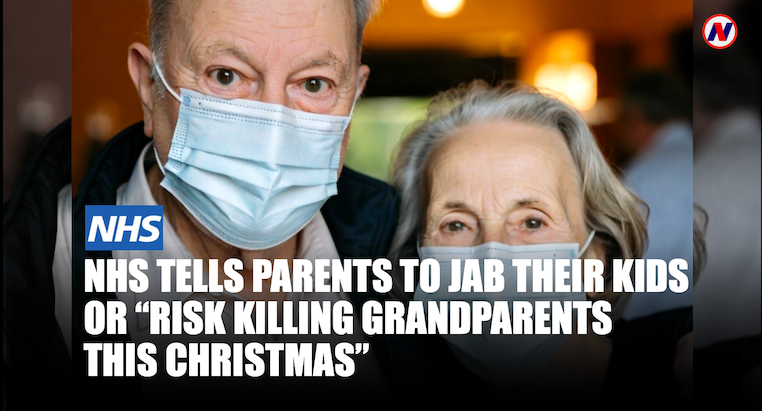How an Unknown Eye Doctor Became the Face of a Global Pandemic—and Why the Story Doesn’t Add Up
- Editor Darren Birks

- Feb 19
- 2 min read

How exactly did an eye specialist suddenly recognise an entirely new respiratory illness? And did Dr Li even really exist?
A Whistleblower—or a Manufactured Myth?
On December 30, 2019, Dr. Li Wenliang, a 34-year-old ophthalmologist in Wuhan, allegedly warned fellow medical school alumni of a mysterious “SARS-like” outbreak via WeChat. His warning predated the international acknowledgment of COVID-19 by over three weeks.
According to the NIH, Dr. Li identified a cluster of seven patients from a Wuhan seafood market suffering from a SARS-type illness, later classified as COVID-19. His sharp observational skills, they claim, enabled him to recognise the outbreak—despite having no access to advanced laboratory testing. In an unusual statement, the NIH suggested that Li’s conclusions were based on "biological plausibility," and something any doctor could supposedly determine.
On January 10, 2020, The New York Times reported that Li himself developed a cough after treating a glaucoma patient, unknowingly infected with the virus—likely by her daughter. He was hospitalised and, from his bed, continued to share documents and conduct interviews via text, allegedly helping journalists piece together the scale of the outbreak. Less than a month later, on February 7, 2020, he was reported dead from COVID-19.
A Story Full of Holes
Despite being widely accepted, the official narrative surrounding Dr. Li raises more questions than answers. Strangely, mainstream media and even self-proclaimed truth-seekers on social media have largely failed to scrutinise key details.
The most glaring inconsistency: Why was an ophthalmologist diagnosing patients in a respiratory ward? How did an eye specialist—without specific expertise in infectious diseases—suddenly recognise an entirely new respiratory illness? Given that pneumonia cases are common in flu season and that no unique symptoms were reported, what led him to believe this was something different?
Even more puzzling, Li Wenliang appears to have no verifiable professional footprint before this event. Searches of medical databases, including PubMed, reveal no published research or contributions to ophthalmology from him.
Was he even a real person? His sudden prominence, combined with a lack of prior medical records, raises the unsettling possibility that his existence was manufactured.
A Carefully Timed Narrative
Dr. Li’s supposed role as a heroic whistleblower fit neatly into a larger, now-debunked, COVID-19 panic campaign. His story emerged alongside videos of Wuhan residents allegedly collapsing in the streets—videos later exposed as staged propaganda by the Chinese Communist Party (CCP).
The timing is suspect. The world was primed to believe in a deadly new virus, and Li's story served as an emotional hook, painting the Chinese government as both oppressive and incompetent. But with hindsight, the entire narrative appears to be a carefully orchestrated psychological operation.
There was no unprecedented plague. The patients Li supposedly identified were likely suffering from routine influenza. And the idea that an eye doctor—rather than trained virologists or pulmonologists—was the first to recognise a global pandemic is, at best, highly improbable.
There is no evidence for Dr. Li Wenliang story, in all likelihood it was part of a well choreographed Psyops that laid the groundwork for the global scamdemic.
Related:




Comments